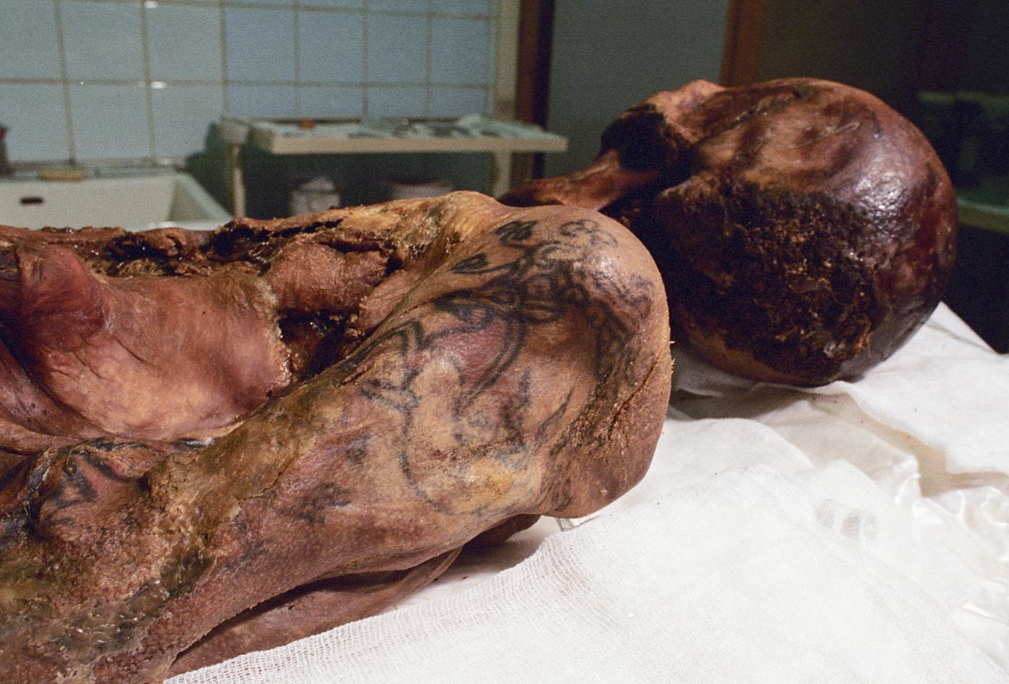Introduction
Archaeological excavations play a vital role in modern realities by helping people understand their history and acquire new facts about the past. One prominent illustration of excavations’ necessity is the Siberian Ice Maiden, also known as the Ukok Princess, found in the Altai regions of Russia. Although the body is dated several centuries ago, this mummy has been well-preserved, allowing scientists to delve deeper into these bygone times.
Discovery and Recovery of the Body
Siberian Ice Maiden – the female body belonging to Pazyryk culture inside the tomb embedded in ice – is a unique discovery for archaeologists. Natalya Polosmak’s team of Russian professionals excavated the tomb in the Altai region in 1993 (Readman, 2021). Once the group started melting the ice, it mentioned six horses in full harnesses (Manaev, 2021).
Further, team members opened a wooden coffin buried next to these animals, where they witnessed the body of a woman in an impressively preserved state. They did not recover the body as it was already protected by the coffin’s structure and local permafrost climate. The body was complete as robbers or grave defilers did not damage it, and it even revealed the woman’s tattoos vividly (Khrustaleva, 2021). Hence, this finding turned into a sensation as it demonstrated the picture of a woman peacefully sleeping for many decades under the ice.
Preservation and Condition of the Body
The reason for the Ukok Princess’s preservation is rooted in natural mummification facilitated by permafrost climate. This process is described by Manaev (2021) by stating that burials have been flooded by underground water, and then they were immediately frozen. This process helped to protect organic remains from decay, while the dry conditions ensured her body organs were saved. Although the body had some fractures and injuries linked to falls, they were not serious.
Evidence Supporting Cause and Manner of Death
Eventually, in 2014, researchers suggested that she died from breast cancer in three years, as evidenced by her swollen lymph nodes filled with cancer metastasis (Khrustaleva, 2021). However, her body remained critical for some of their rituals, as it was buried only three months after her death (Readman, 2021). Pathologists, anthropologists, and microbiologists worked hard to identify this mummy’s cause of death and further preservation.
Biological Profile of the Body
Investigation of her biological profile helps to identify the ancient community’s demographics. This observation states that she was 25 years old at the moment of her death, and she is genetically close to modern people of Selkup and Ket – indigenous populations living in Siberian Russia (Manaev, 2021). Her stature points to her height of 167 cm, and she belongs to 5 BC (Readman, 2021). Ukok Princess’s relation to Skythian nomadic tribes is justified by her skeleton pointing to her horseback lifestyle, living in yurts, and consuming boiled meat and mare’s milk. Hence, the Ice Maiden provides extensive knowledge regarding her ancestors.
Fun and Interesting Facts
The exciting fact is that scientists have misnamed this Ukok Princess, revealed only after several years of thorough analysis and examination. The body, in fact, belongs to a female shaman who inhaled copper and mercury to stay in a trance for a long time (Khrustaleva, 2021). Moreover, her tomb was far from the burials of the Pazyryk’s noble people. Another essential investigation is linked to her body tattoos (Image 1) of animal-like creatures with horns and flowers (Mataev, 2021). These images provide essential information about Pazylyk’s symbolic beliefs and culture. Interestingly, locals have developed mythological theories regarding this mummy, proposing that droughts and natural disasters in Altai are caused by the fact that her spirit’s sleeping was disturbed (Khrustaleva, 2021). These facts increase the importance of Ice Maiden to the contemporary public.

Conclusion
To conclude, discovering the Siberian Ice Maiden has significantly improved people’s comprehension of ancient civilizations in the Altai Mountains. Although the body is not associated with an actual princess of Ukok, it still belongs to a prominent female figure of their nation, as the burial is vividly decorated with horses and other artifacts. Her biological profile offers a unique opportunity to examine a bygone nation’s demographic and track its ancestry.
References
Khrustaleva, O. (2021). The mystery of Siberia’s 2500-year-old Ice Maiden [Video]. BBC. Web.
Manaev, G. (2021). The mystery of Siberian Ice Maiden. Russia Beyond. Web.
Readman, K. (2021). The Ice Maiden: Who was the frozen “princess” of Ukok. Historic Mysteries. Web.